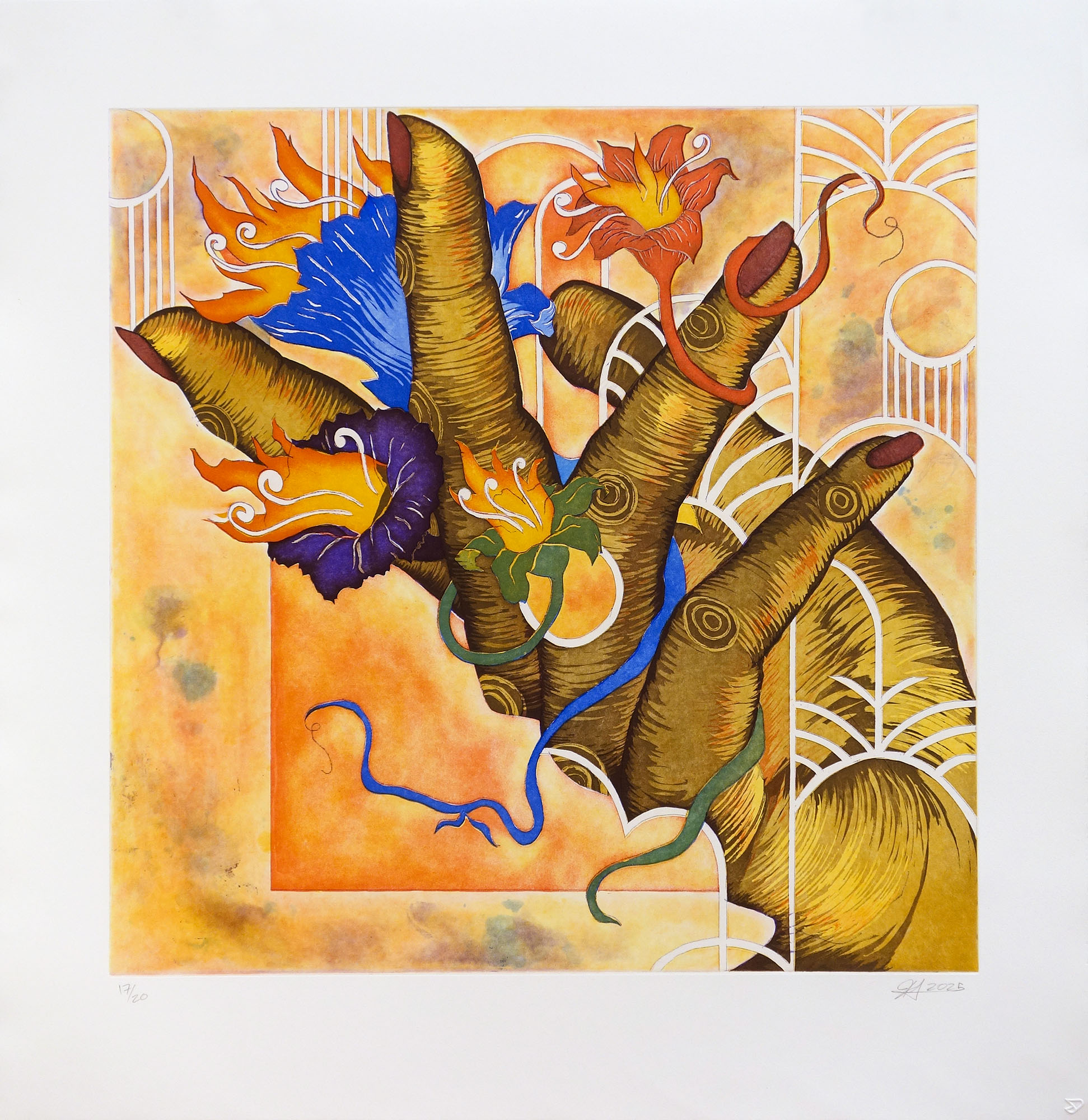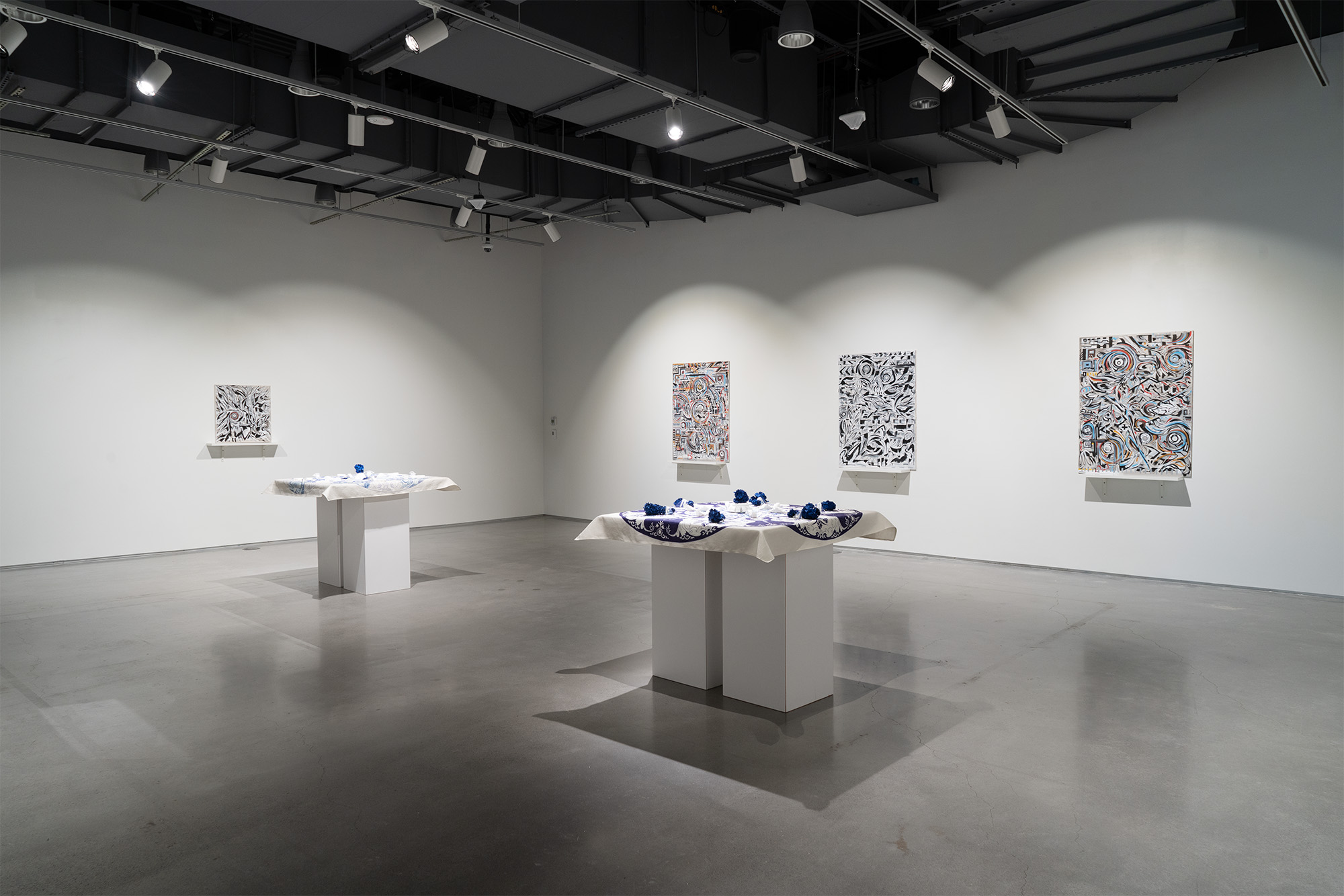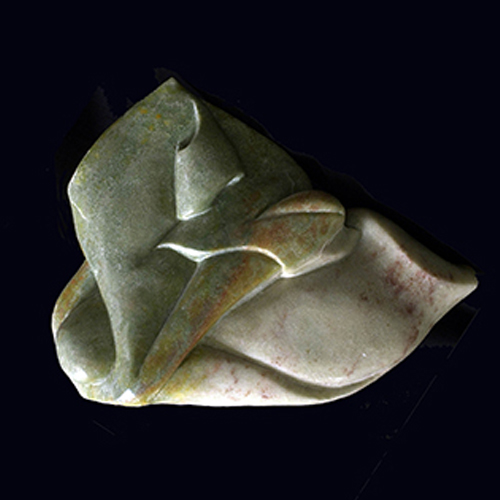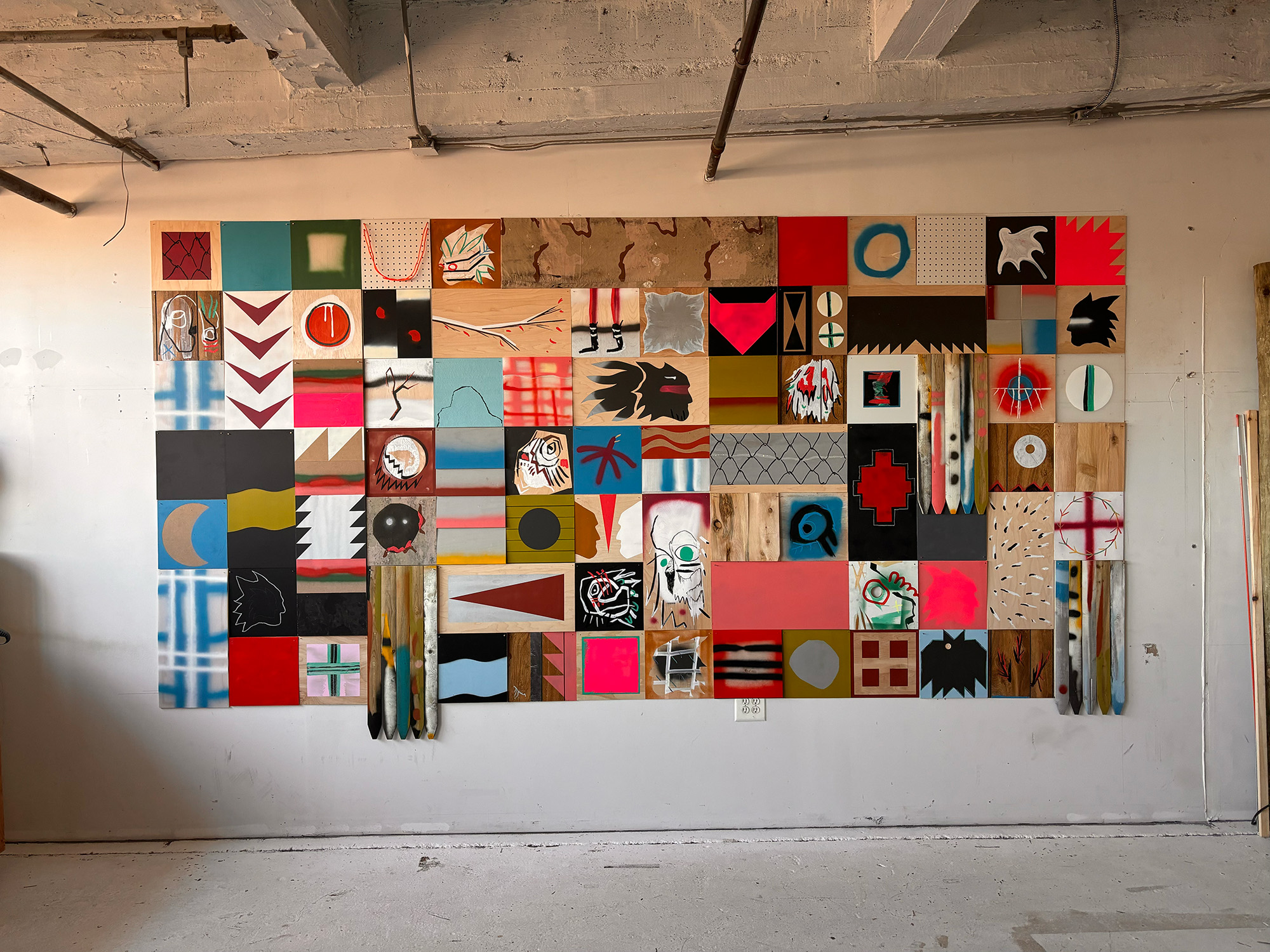

Summer 2025 Exhibition
Malinda Jolley Mortin Gallery
June 3 - 28, 2025
Co-Curated by Ramanda Miller and Jacob Lackner, MA Art & Design
The ZMA is pleased to present this exhibition in collaboration with the KSU Cultural Awareness and Resource Center and the KSU Center for Student Engagement & Belonging. As part of Juneteenth Jubilee, this exhibition celebrates African American artists whose works are in the permanent collection of the ZMA. Artists featured include Willie Birch, Paul Stephen Bejamin, Delita Martin, Renée Stout, William Villalongo, and Carrie Mae Weems among many others. Recent acquisition by artist Yashua Klos will also be on view.

Image credit: Yashua Klos, The Wildflowers at Sunset, 2025. Five plate aquatint etching with soft ground, hard ground, and spit bite on white Rives BFK. Courtesy of the artist.
Don Russell Clayton Gallery
June 10 - July 26, 2025
Curated by Cynthia Nourse Thompson
The Zuckerman Museum of Art is pleased to present the work of Matthew Kirk who served as the Fall 2024 Windgate Artists-in-Residence, and Annet Couwenberg who served as the Spring 2025 Windgate Artist-in-Residence. Artwork created by the artists during their residency is featured in a summer exhibition at the Zuckerman Museum of Art. Additionally, one artwork from each artist will become part of the Zuckerman Museum of Art permanent collection and will be utilized as a teaching tool to further learning engagement and cultural enrichment opportunities across the KSU campus. The 2025 Windgate Artist-in-Residence exhibition was curated by Cynthia Nourse Thompson.
The School of Art and Design at Kennesaw State University is grateful to the Windgate Foundation for choosing to invest in the future of our students. The Foundation’s vision and contribution enabled KSU to develop the Windgate Foundation Artist Residency Program. This program is instrumental in providing our students with an experience of working with visiting professional artists in their field of study and growing as industry leaders. For six semesters through 2024, grant proceeds will be used to host professional artists at KSU, supporting the shared goals of the Windgate Foundation and the School of Art and Design to advance contemporary craft and strengthen visual arts education. KSU is fortunate to be able to offer students unique artist-in-resident experiences of this magnitude as part of their scheduled curriculum. The generous gift from the Windgate Foundation enables KSU to host internationally known artists to lead and inspire students through art-making and to share that art and inspiration with the community at large. Through the Foundation’s continued support of the School of Art and Design, we can offer the highest level of artistic excellence and quality to our students, community, and visiting artists.

Image credit: Installation of Windgate Artist-in-Residence Exhibition: Annet Couwenberg and Matthew Kirk in the Don Rusell Clayton Gallery.
Ruth V. Zuckerman Collection: Inside Out
Long-term display located in the Ruth Zuckerman Pavilion
Curated by Teresa Bramlette Reeves
For the preservation of artwork, museums must often hold their permanent collections in storage rather than in public view. "Visible storage," maintains the necessary safe-keeping of the objects while allowing museum visitors to see and study work that would otherwise be unavailable. This installation employs visible storage to showcase a substantial number of Ruth Zuckerman's sculptures and drawings from the KSU Permanent Collection, while making aspects of a collection's care transparent for the public.

Project Walls

Image credit: Beth LaCour, Orb, Elephant Hide Paper, 7" x 9.5" x 9.5", 2021.
Project Wall North and East: Beth LaCour
January 28 - July 26, 2025
The Zuckerman Museum of Art is pleased to present new work by artist Beth LaCour. The exhibition on view through July 26, 2025, features a series of folded paper vessels as well as a large installation on our Project wall. Beth LaCour is a studio artist whose work focuses on hand folded sculptural paper vessels, reliefs, and lighting. She has taught printmaking as well as drawing, papermaking, sculpture, and digital processes at Randolph College (VA), Yavapai College (AZ) and Northern Arizona University. She is a former artist-in-residence at Taliesin. Her work is included in numerous national private and public collections. Currently LaCour is the Studio Coordinator for both the Book Arts studio and the Papermaking studio at Penland School of Craft (NC).
Project Wall West: Matthew Kirk
August 27, 2024 - July 26, 2025
Matthew Kirk (b. 1978, Ganado, AZ) is an enrolled member of the Navajo Nation and currently lives and works in Brooklyn, New York. A self-taught artist, Kirk has worked for over twelve years in New York City as a professional art handler— a trade that has often influenced his artistic practice in terms of utilizing readily available materials to make his art. His gestural paintings and abstract assemblages are steeped in symbolism and iconography that relate to the visual language of the Navajo, while his use of the grid as compositional armature takes structural inspiration from traditional Navajo weavings and rugs, as well as topographical maps and urban landscapes. Kirk states, “Just as family, work, current events, and city life are reflected in the work, my Indian heritage plays an important, but nuanced role.” Kirk’s work is currently featured in the META tech giant’s new complex in NYC alongside other site-specific installations by artists Baseera Khan and Liz Collins, among others. Kirk has exhibited at Adams and Ollman, Portland; Intuit: The Center for Intuitive and Outsider Art, Chicago; Louis B. James, New York; and Exit Art, New York. In 2019, Kirk was awarded the Eiteljorg Contemporary Art Fellowship in Indianapolis, Indiana. He is represented by Fierman Gallery in New York City.

Image credit: Matthew Kirk, The Fuzzy Edges of a Dream, mixed media on plywood, 14' x 7', 2024.